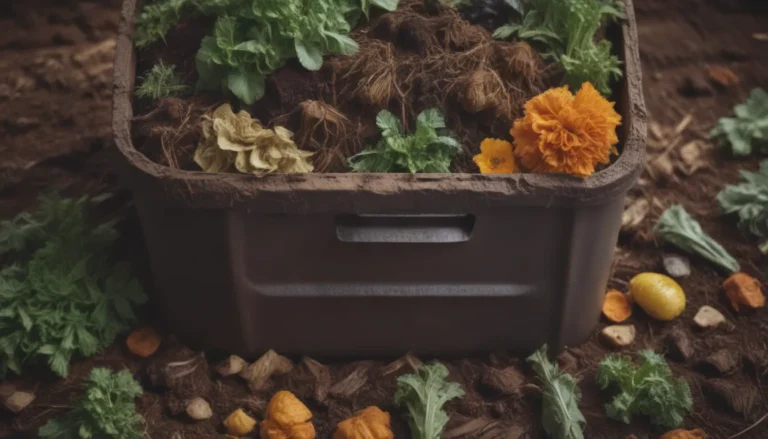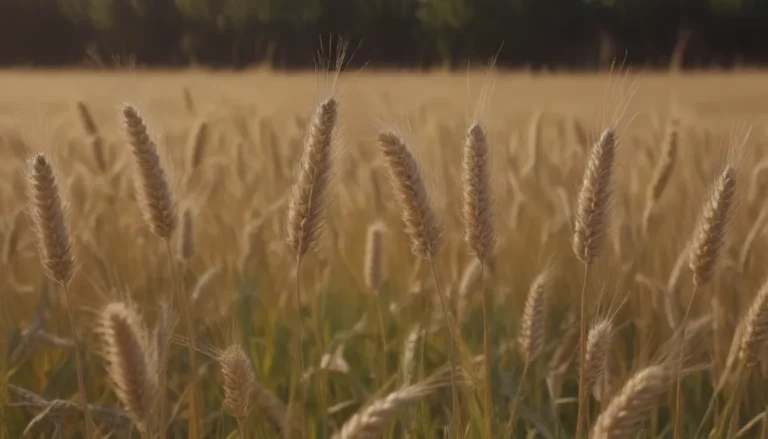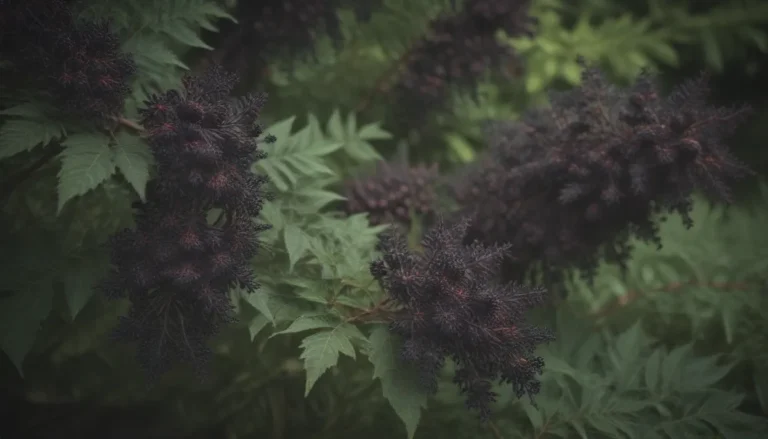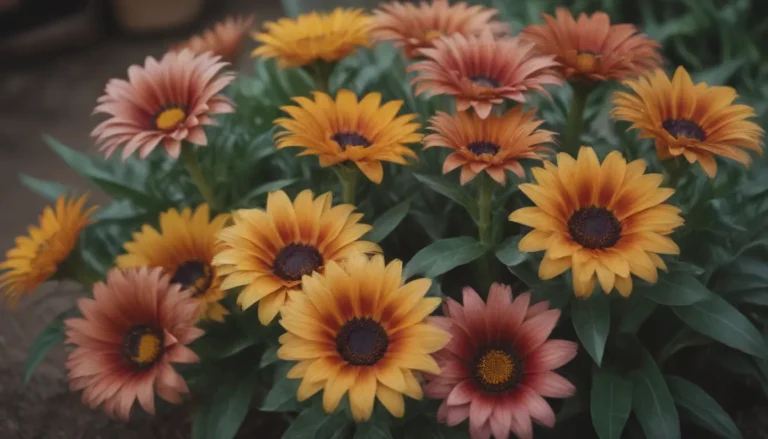Everything You Need to Know About Sunflower Bloom Cycles
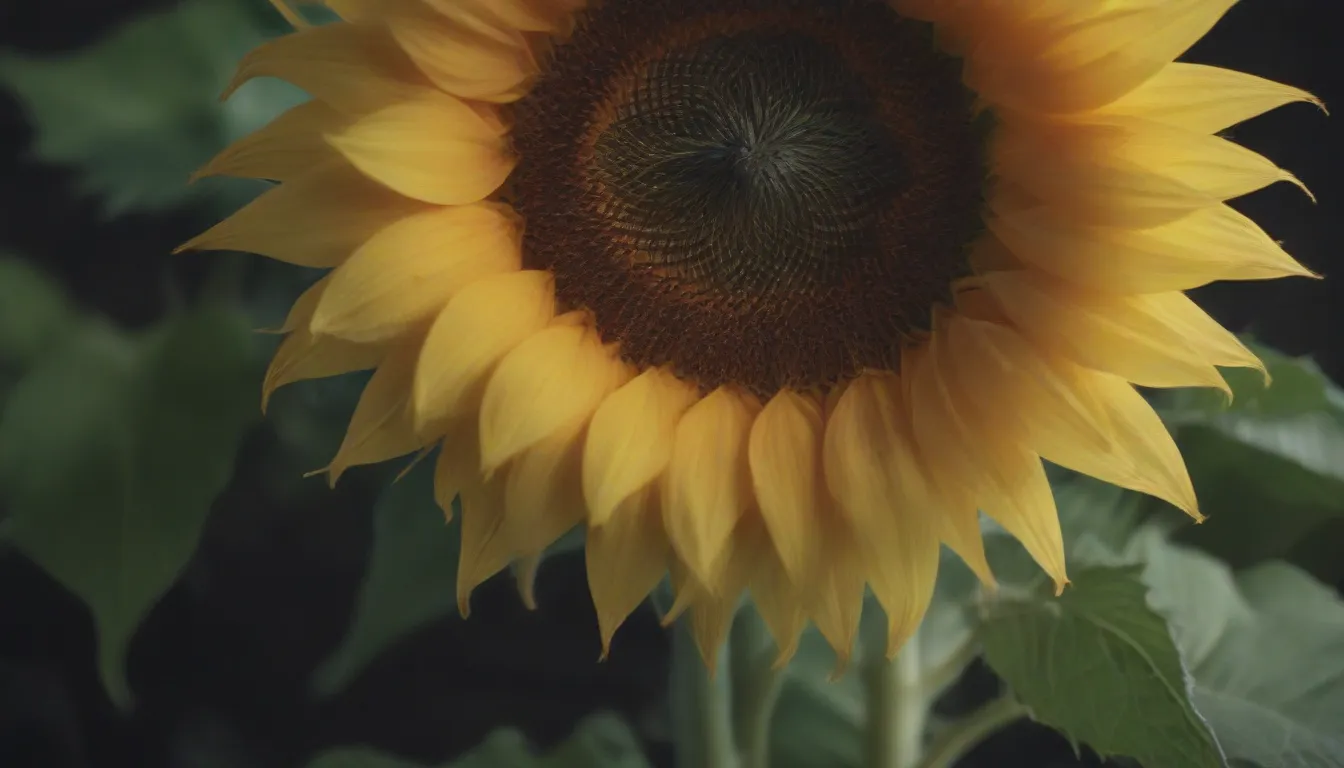
Sunflowers are a beloved flower that brings a touch of brightness to any garden. From their iconic golden petals to their towering stems, these flowers are a favorite among gardeners. But if you’re new to growing sunflowers, you might be wondering when exactly they will bloom and how to care for them throughout their life cycle. In this comprehensive guide, we will walk you through the stages of sunflower growth, from germination to harvesting, and provide you with valuable tips to ensure your sunflowers thrive. So, sit back, relax, and get ready to learn all about sunflowers!
The Sunflower Growing Stages
Sunflowers go through five main stages of growth, each crucial to their overall development. Here’s a breakdown of what you can expect during each stage:
Germination Phase
The germination phase is the first stage of a sunflower’s growth cycle. This phase typically occurs in late spring when the soil is warm and temperatures are between 70 to 85 degrees Fahrenheit. After planting your seeds, you can expect the germination phase to last around eight days. This is when the roots of the sunflower start to develop in the soil, and you may notice a shoot pushing out of the ground, seeking sunlight to grow further.
Vegetative Phase
Following germination is the vegetative phase, where the sunflower seedling begins to sprout leaves. This phase usually begins in late May or early June, with the plant progressing through different vegetative stages as it grows more leaves. This phase is crucial for the plant’s overall health and development.
Reproductive Phase
The reproductive phase typically starts in June when the sunflower forms a bud with a star-like appearance between its leaves. This phase marks the transition from vegetative growth to blooming, as the bud transforms into the familiar sunflower appearance we all know and love.
Blooming Phase
The blooming phase is when your sunflower truly shines. This is the stage where you get to enjoy the bright yellow petals, brown center, and tall stems of the flower in all their glory. It’s also the phase when bees and other pollinators are drawn to the flower, making it a hub of activity in your garden.
Harvesting Phase
The final phase of the sunflower’s growth cycle is harvesting the seeds. This typically occurs between 110 to 125 days after planting when the flower’s leaves have turned brown, and the flower is drooping. Harvesting the seeds involves cutting down the stalks and rubbing the loose seeds off the center head. These seeds can be eaten or saved for the next planting season.
What to Do With Sunflowers After They Bloom
After your sunflowers have bloomed, there are several things you can do to care for them and prepare for the next growing season. Here are some tips on how to handle your sunflowers after they bloom:
- Harvest the seeds for eating or saving
- Deadhead the flowers to encourage new growth
- Prep the blooms for the next growing season, depending on the variety you’ve grown
Deadheading your sunflowers is essential for maintaining healthy plants and ensuring continuous blooms. You’ll know it’s time to deadhead when the flowers start to lose their color or wilt. Simply remove the spent blooms to encourage new flowers to grow in their place.
5 Care Tips for Sunflowers
Caring for sunflowers doesn’t have to be complicated. Here are five simple tips to help your sunflowers thrive:
- Planting Time: Plant sunflowers in late spring when the soil is warm and temperatures are between 70 to 85 degrees Fahrenheit.
- Pruning: Deadhead the flowers regularly to encourage new growth and prolong the blooming season.
- Watering: Keep the soil consistently moist but not waterlogged to ensure healthy sunflowers.
- Fertilizing: Use a balanced fertilizer to promote strong, healthy growth in your sunflowers.
- Support: For tall sunflower varieties, provide support such as stakes to prevent them from falling over in windy conditions.
By following these care tips and understanding the different stages of sunflower growth, you’ll be well-equipped to cultivate beautiful, thriving sunflowers in your garden. So, roll up your sleeves, get your gardening gloves on, and watch as your sunflowers bloom and brighten up your outdoor space!
Remember, patience is key when growing sunflowers. With time, care, and a little bit of sunshine, you’ll soon be enjoying the beauty of these vibrant flowers in your own backyard. Happy gardening!
